THE MAJOR SCALE
THE C MAJOR SCALE (KEYBOARD)
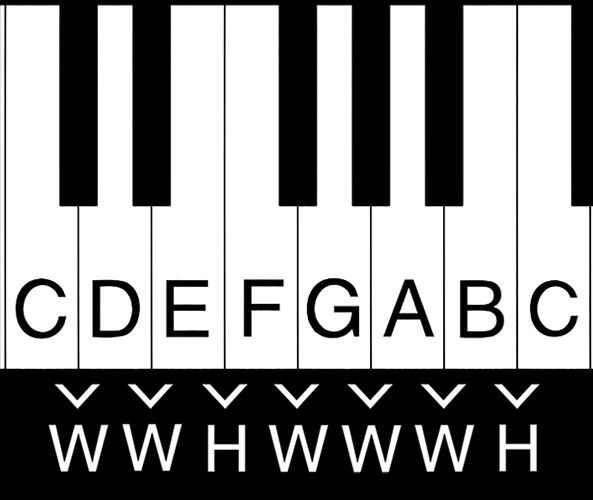
THE C MAJOR SCALE (NOTATION)

HOST- Jeremy Burns, Matthew Scott Phillips
GENRE- Music Theory
DURATION- 36:36
BUMPER MUSIC "Minor Differences" (Area 47 Music)
ANNOUNCER- Mike Cunliffe
This episode is all about the minor scale. We will discuss minor key signatures and how to identify them by using the order of sharps or flats and a few other tricks we picked up along the way. We will discuss the circle of fifths, as it applies to the minor keys. Finally, we will discuss the three main types of minor scales: natural, harmonic, and melodic.
SCALE- A pattern of notes, arranged in whole steps and half steps, that span an octave.
KEY- A representation of particular scale or group of notes that a piece, or section, of music is basedon.
KEY SIGNATURE- A set of sharps (#) or flats (b) at the beginning of the staff that indicates what key a piece of music is in.
SHARP (#)- A natural note is SHARPED when it is raised, in pitch, by a half step. A natural note can also be DOUBLE SHARPED (notated as " × " when it is raised, in pitch, a whole step but the letter remains the same.
FLAT (b) - A natural note is FLATTED when it is lowered, in pitch, a half step. A natural note can also be DOUBLE FLATTED (notated as "bb") when it is lowered a whole step, in pitch, but the letter remains the same.
TRANSPOSE- To change a key, a chord progression or a scale to one that begins with a different tonic while preserving all of the patterns within the original key, chord progression or scale.
PHRASE- A group of notes that convey a musical idea when standing alone. A proper phrase should provide tension and release, imply harmonic direction and come to a point of repose. This gives it a sense of completeness.
CADENCE- This is the moment of repose, or resolution, that occurs at the end of a phrase. There are many different types of cadences that vary based on the levels of strength or weakness thatoccur in their resolutions.


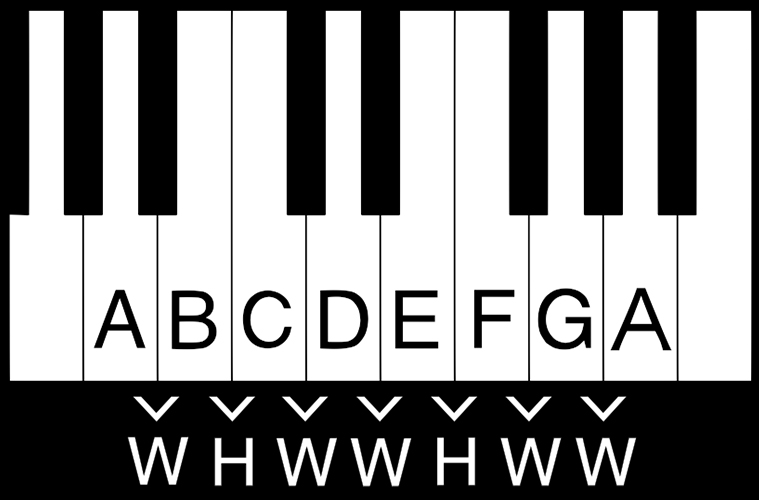

Here are a few good methods to help you identify and understand key signatures.
You may recognize this graphic from Ep. 05-Major Scales and Key Signatures. This time, we are going to focus on the inner set of keys, starting with "a" (lower case letters).
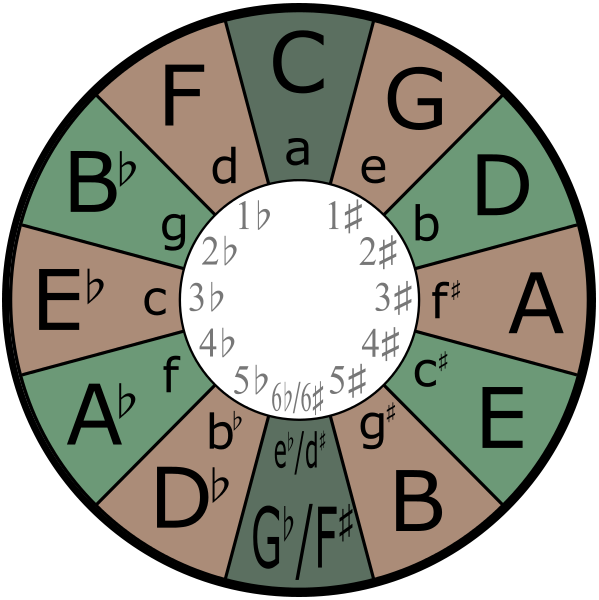
-The A minor key signature, "a" on the circle, has no sharps or flats.
-Go up a 5th from that point. So, count up from A: 1 (A) 2 (B) 3 (C) 4 (D) 5 (E)
-We landed on the E note.
-Count up the E major scale to the 2nd note: 1 (E) 2 (F)
-Sharpen that note (F becomes F#).
-So the E minor key signature has one sharp (F#).
-Each time you go up a 5th, from your new note, you add one sharp to the 2nd scale note from that new note.
This will reveal the next note to sharpen, in the order of sharps, and add one more sharp to the new key signature.
-The A minor key signature has no sharps or flats.
-Go up a 4th from that point. So, count up from A: (1) A (2) B (3) C (4) D
-We landed on the D note.
-Count up the D minor scale to the 6th note: (1) D (2) E (3) F (4) G (5) A (6) B
-Flatten the note you land on (B becomes Bb).
-So the D minor key signature has one flat (Bb).
-Each time you go up a 4th, from your new note, you add one flat to the 6th scale note from that point.
-This will reveal the next note to flatten, in the order of flats, and add one more flat to the new key signature.
Notice the 2 key signatures below are the same. There are no sharps or flats.
These two keys have a RELATIVE relationship. So A MINOR is the relative minor key to C MAJOR.
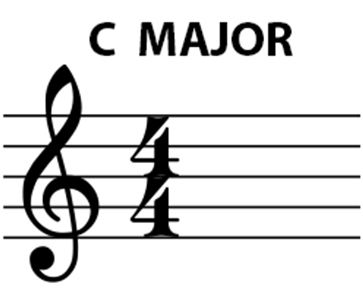
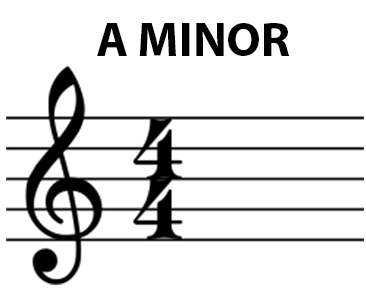
The two key signatures below, G MAJOR and E MINOR, both have 1 sharp.
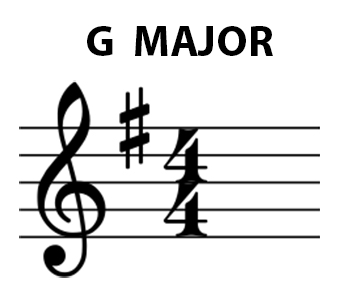
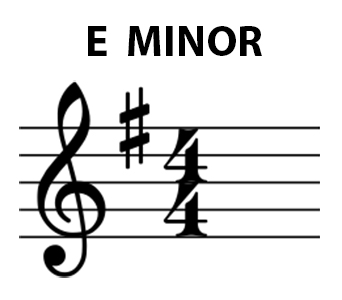
If the composer names this piece, based on it's key ("Prelude in G" or "Rhapsody in E minor", for example), then problem solved!
If not, you can usually find your answer by examining the first few measures. Check out the melody below:

If the composer names this piece, based on it's key ("Prelude in G" or "Rhapsody in E minor", for example), then problem solved!
If not, you can usually find your answer by examining the first few measures. Check out the melody below:

1. Find out if a majority of the notes in the first few measures are mainly
based on the:
G MAJOR TRIAD (GBD) or the, E MINOR TRIAD (EGB)
2. Check the DOWNBEAT (beats 1 and 3, in 4/4 meter). Do the notes that fall on the downbeats mainly come from the G MAJOR TRIAD or the E MINOR TRIAD?
3. Check the CADENCE, the end of the PHRASE. What chord progression is implied by the melody and it's harmonies?

1. The notes are primarily those of the G MAJOR TRIAD (GBD), with the exception of the "A" note on BEAT 2 of the 1st measure.
2. That "A" note is on a weak beat. You will see that beats 1 and 3, the stronger beats, are occupied by the notes of the G MAJOR TRIAD in both measures. The first note in measure 1 is a "G". The last note in measure 2 is a "G".
3. At the end of measure 2, otherwise known as the CADENCE of the phrase, the "D" note resolves to a "G". This implies a V to I resolution in the key of G MAJOR.
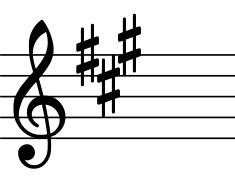
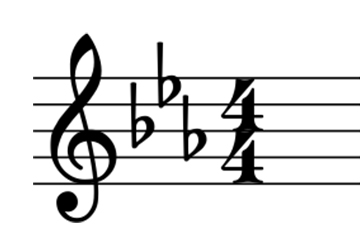
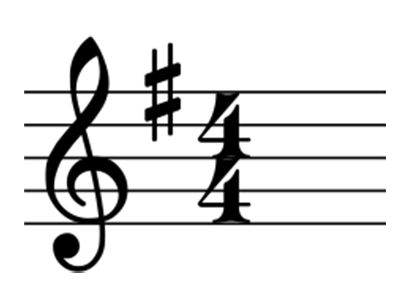
When two keys have the same tonic but one is MAJOR and the other is MINOR, they are said to have a PARALLEL relationship.
For example, below, we have the A MAJOR and the A MINOR key signatures.
These keys have a PARALLEL relationship with each other.
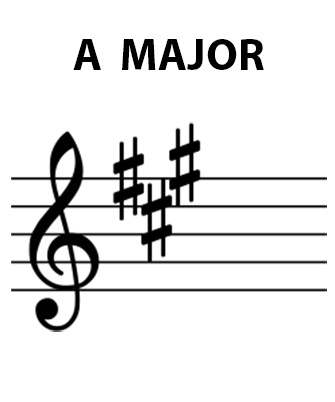
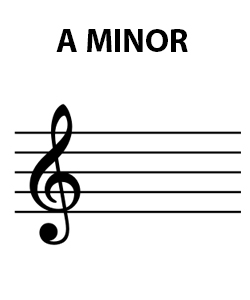
The major scale with scale degrees 3, 6 and 7 flatted, ascending and descending.

The major scale with scale degrees 3 and 6 flatted, ascending and descending.

The major scale with scale step 3 flatted and 6 and 7 natural while ascending.
Scale steps 3, 6 and 7 are flatted while descending.
